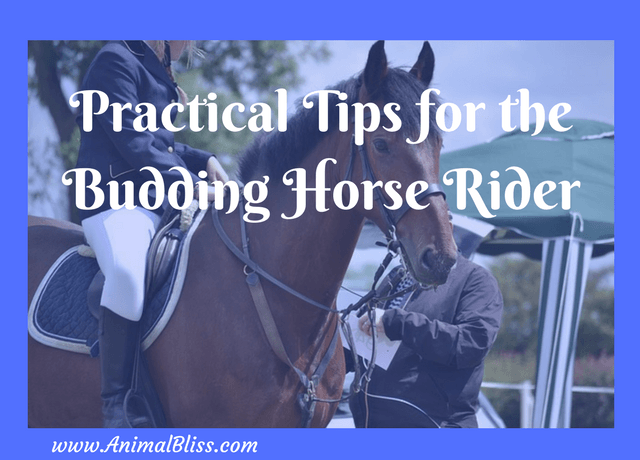Training and riding a horse is no mean feat, especially if you’re trying to do it for competitive purposes. This article highlights a few interesting and simple tips and tidbits that you can easily apply to improve your technique and success with various tasks.
Tips for Horse Riders
1. Have a yard area to be a workstation for the horse, where you do everything work-related like washing off and tacking up. Preserve the stable for sleep and relaxation; this helps the horse know when he isn’t required to return to work and can, therefore, rest properly.
2. Excellent equestrian skill dictates that you need to ride around 200 transitions in a session, going both forward and backward, which helps the horse get more rideable off, and on, the aids.
3. For horses with uneven reins, try to put more weight on the lighter rein instead of pulling the heavy one.
4. With lateral training, the rider should always sit on the inside seat bone.
Related:
Training Your Horse With Music: Equestrian Training Technique
5. Have someone take videos of you practice-riding so you can learn what’s working and where you go wrong which can work better than having a coach on the floor trying to explain where you’re erring.
6. You should only use whips for small corrections. If you’re using the whip to make the horse go faster, you don’t need to use the whip at all.
7. Regardless of the type of animal you have, you can train it to do square halts, and these are primarily free marks.
8. If you have a strong horse, don’t ride in straight lines; keep going in circles instead, until the horse stops pulling and can balance himself.
Self-carriage and balancing
9. Horses in self-carriage are prone to tiredness, particularly if they’re new to holding themselves. You can intermingle self-carriage with stretching.
10. For proper balance when riding, include many half-halts. Think about adding a half-halt every time you want the horse to do something.
11. When riding the horse ‘on and back,’ you should ask him for some lengthened strides before allowing him to return to his usual pace and repeat this many times, which helps you to get the horse to bear his neck and head, thereby achieving self-carriage.
Straightness
12. Riders often blame their saddles when it is the horse that isn’t straight, and this throws them to the side.
13. Achieving straightness isn’t quite simple; it’s harder than passage/piaffe.
Stretching
14. If your horse refuses to stretch at the start of a session, work on contact before the session and then start stretching when he’s ready.
15. If a horse is tired, he’ll attempt to stretch down. You can let him do this for some time; it’s a practice that should be encouraged. Combine stretches throughout training sessions as they are good to help the horse relax and prevent tension.
16. To test your training technique, try going into the rising trot and then dropping the reins, which should make the horse stretch down. If he stays with head stuck up, you need to adjust something in your training.
Conclusion
Training a horse for racing is a long-term goal. Remember that there’s always someone who’ll have an insight that you haven’t thought of, so keep your mind open. The best thing you can do for your horse riding is to get a good trainer – someone who’s honest without breaking your spirit.
Guest Writer: Charlie Brown has been a professional blogger and a pet owner for the last seven years. He has worked at several vet clinics and daycare centers before joining www.primpplay.com. He owns three dogs.is
16 Interesting and Practical Tips for the Budding Horse Rider Share on X
- 4 Tips for Maintaining Healthy Weight for Your Cat - December 20, 2019
- 8 Amazing Benefits of CBD for Dogs and Other Pets - December 12, 2019
- Kibble or Canned Pet Food? What Should Your Pet Be Eating? - December 9, 2019


Jeanne, I am 53 years young, and have been riding since I was 5 – “yes” I am a budding horse rider. Lol.. It’s my passion, and I, like you, LOVE animals. Look forward to coming back to your site.
Hey, Kris! I’m so glad you stopped by Animal Bliss today. I do hope you will return. Peace